Equipment
Club builder secrets to hitting exact specs
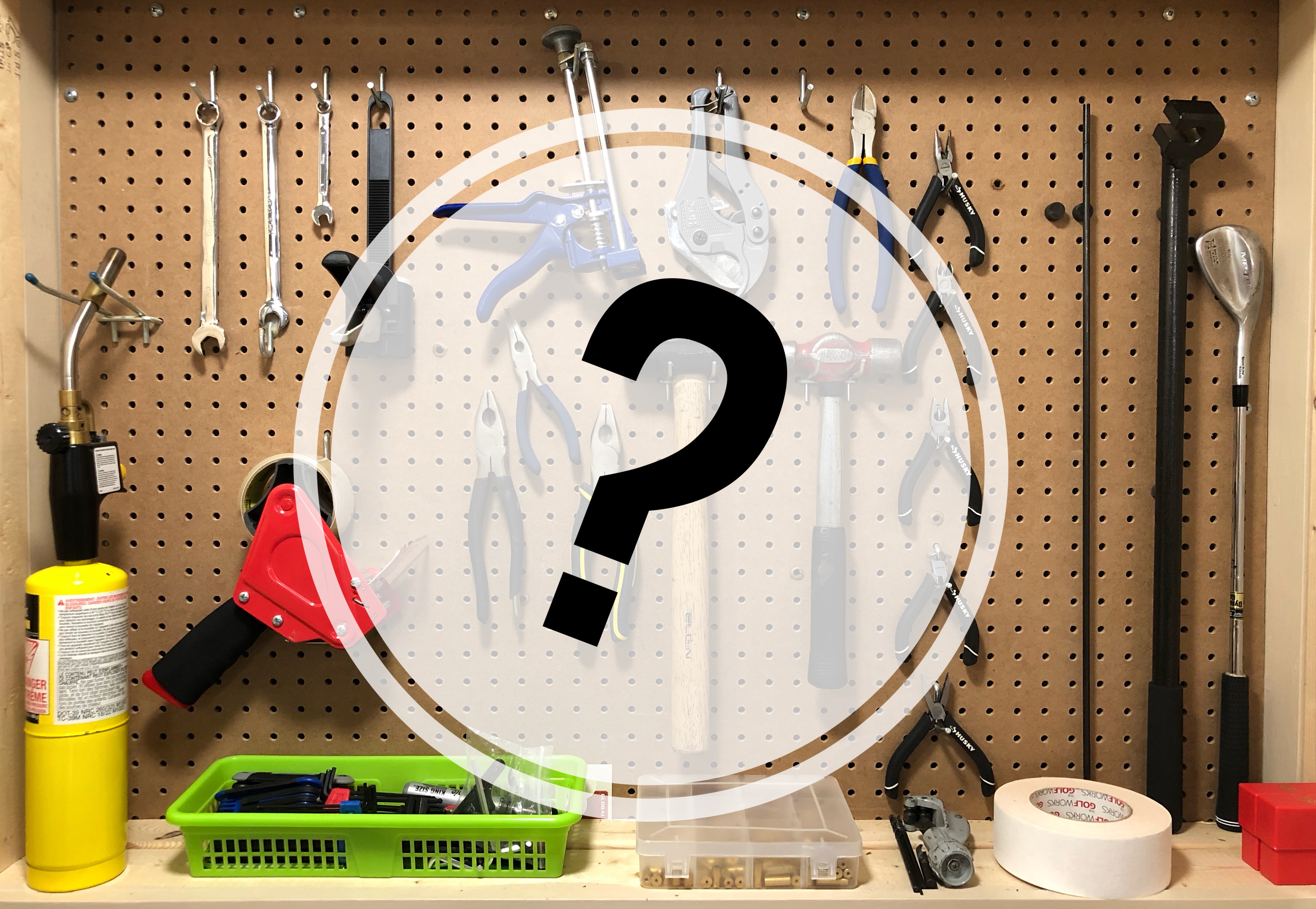
Building golf clubs is as much art as it is science. Physics and precise measurements dictate final specs from a fitting, but getting everything to actually fit together is what separates professional club builders from the wannabes—it’s problem-solving at the highest level.
What separates the great professional builders from the rest is their understanding of how each OEM designs and assembles clubs, and how those components relate to each other—it’s the secret sauce. Whether it be understanding how to weight specific heads, or how to properly shim or sand shafts to get everything to fit as precisely as possible, these are the top club building secrets to hitting exact specs.
Tip weights

Clubhead weights are rarely ever perfect, and because of that, tip weights are needed to get them dialed in. When head weights are bang on, it’s generally because they were handpicked by a boutique component supplier. This doesn’t mean club heads are poor quality, it just shows that OEMs are doing everything they can to help golfers on both ends of the over and under length spectrum get the right clubs. By intentionally having heads be 4-5g under standard length required head weight, builders need to add less weight to get to spec, and when building overlength, it prevents clubs from becoming too heavy.
The only time you will generally find heads that are too heavy is when working with one-piece forged irons meant for the Japanese market. Since those clubs are often built under North American standard length, the club heads are heavier to help keep swing weights in line.
So, the next time you find tip weights in a set you are pulling apart, consider it a good sign that whoever built them took the time to get club head specs correct.
Shaft weights and tipping

In the world of shafts, the higher-end you go the tighter the specs—you truly get what you pay for. The perfect example is True Temper Dynamic Gold Tour Issue X100 shafts. They aren’t any different than standard X100 shafts except for the fact that they go through the extensive process of being weight sorted down to .5g on either side 130 grams. This allows the shafts to play extremely close to the intended flex and allow for easier swing weights and total weight specs to be achieved.
When shafts are within manufacturer tolerance but need to be tweaked, this is where the skill and knowledge of a club builder become invaluable. A quick trim of a 1/4″ can dial in flex to fit in line with the rest of the set. The end goal of a club builder is to make every club feel like your favorite club—and sorting and tipping are a big part of that.
When using parallel shafts, club builders will first weight sort lightest to heaviest to determine the best order to install those shafts into the set—this takes more time but creates a much more balanced set at the completion of the build. Indeed, all of these steps take more time but are crucial when building clubs at the highest level.
Shims/hosel diameters

Shafts come in four distinct sizes; .335″ and .350″ for woods and .355″ (taper) and .370″ (parallel) for irons. As for club heads, it’s not quite that simple. Some companies use universal hosels to allow for both taper and parallel shafts to be used in irons and when it comes to woods there are a few OEMs that have slightly tapered hosel designed to be used in conjunction with a collared ferrule (if you don’t understand what a collared ferrule is, check out the video below).
By knowing when to use shims to get a shaft to fit into a hosel—or in the more rare case when to sand down a graphite shaft it fit into a tapered hosel —llows more shaft options to the golfer and in the end, can provide a better club option not available through a traditional channel.
Grip specs

Just like shafts, grips have manufacturing tolerances for weight. Generally, it is plus/minus 1.5-2g on either side of the target weight. This is still very good when you consider how much a standard size grip weighs but at the extreme levels a grip still has the potential to throw off a set’s final spec. Just like with parallel shafts, professional club builders will go through the process of weighing out grips and designate them to specific clubs in the set before final assembly.
Although I can’t speak for every OEM, I know for a fact that after receiving grips from a supplier, Titleist goes the extra step by sorting grips into 3 categories and handpicks those bunched grips to build sets. It may seem minor, but when building clubs to exacting specifications, every gram matters.
To discuss this and other club building topics make sure to check out the GolfWRX Club Building Forum
Equipment
BK’s Breakdowns: Cameron Young’s winning WITB, 2025 Wyndham Championship

Cameron Young’s WITB from his win at the 2025 Wyndham Championship. Cameron is a Titleist staff player but his bag is definitely filled with some unique clubs. Here are the clubs he used to secure his first PGA Tour win!
Driver: Titleist GT2 (9 degrees, A1 SureFit setting)
Shaft: Mitsubishi Tensei 1K Pro Orange 70 TX
3-wood: Titleist GT3 (15 degrees)
Shaft: Mitsubishi Tensei 1K White 80 TX
Hybrid: Titleist GT2 (21 degrees)
Shaft: Fujikura Ventus HB Black VeloCore+ 10 X
Irons: Titleist T200 (4), Titleist T100 (5), Titleist 631.CY Prototype (6-9)
Shafts: True Temper Dynamic Gold X7 (4-9)
Wedges: Titleist Vokey Design SM10 (48-10F, 52-12F, 56-14F @57), WedgeWorks (60-K* @62)
Shafts: True Temper Dynamic Gold X7
Putter: Scotty Cameron Phantom 9.5 Tour Prototype
Grips: Golf Pride Tour Velvet Cord
Ball: Titleist Pro V1x Prototype
Whats in the Bag
Peter Malnati WITB 2025 (August)
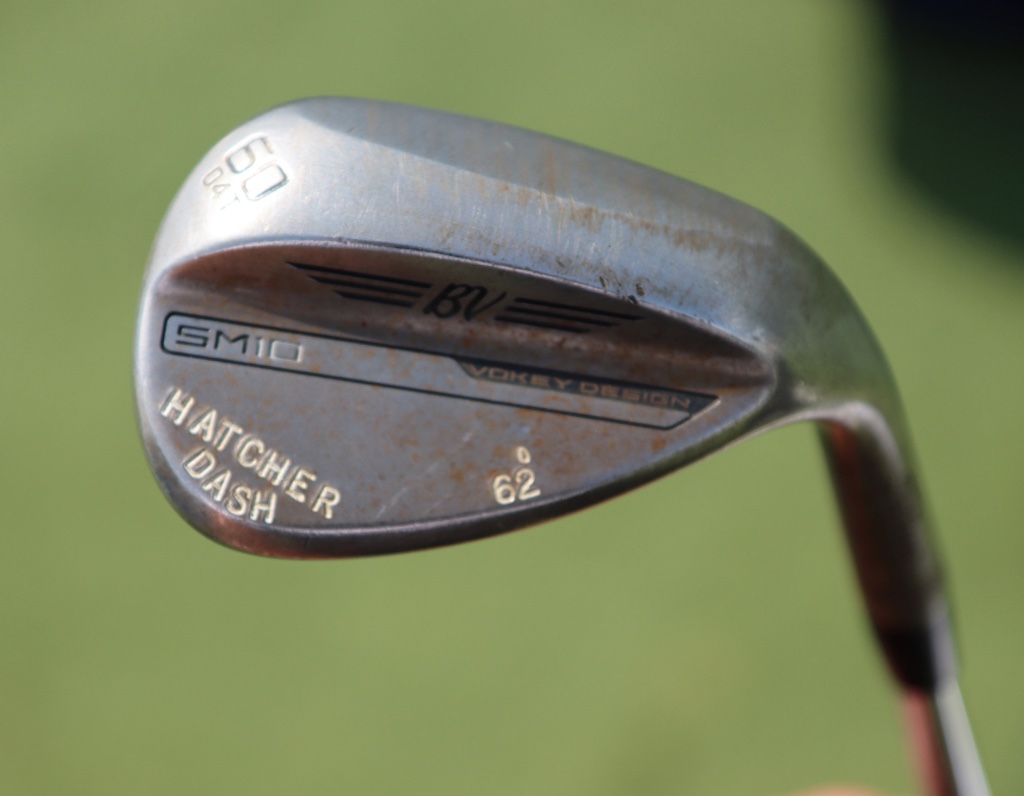
- Peter Malnati what’s in the bag accurate as of the Wyndham Championship. More photos from the event here.
Driver: Titleist GT3 (10 degrees, C2 SureFit setting)
Shaft: Project X Denali Blue 60 TX
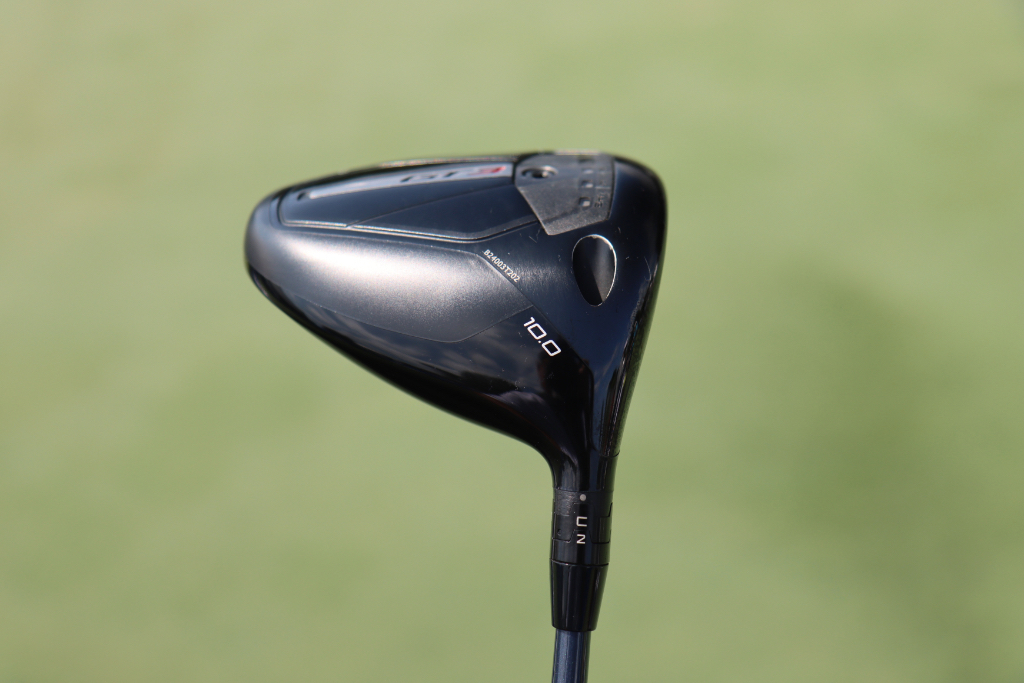

3-wood: Titleist GT3 (15 degrees, A1 SureFit setting)
Shaft: Fujikura Ventus TR Blue 7 X
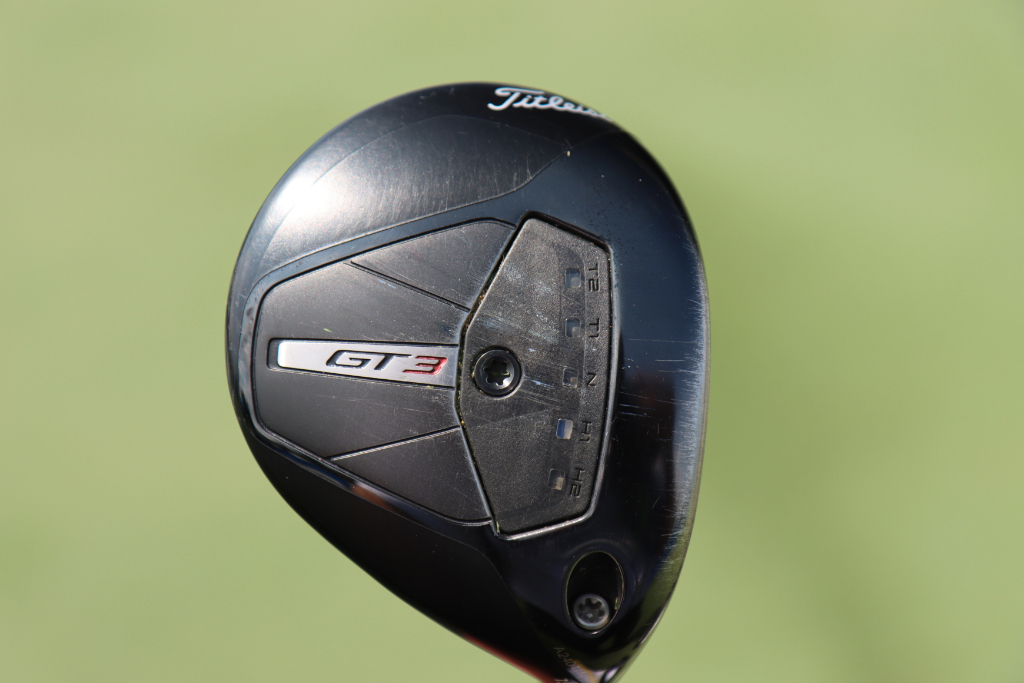
7-wood: Titleist GT2 (21 degrees, D1 SureFit setting)
Shaft: Fujikura Ventus TR Blue 8 X
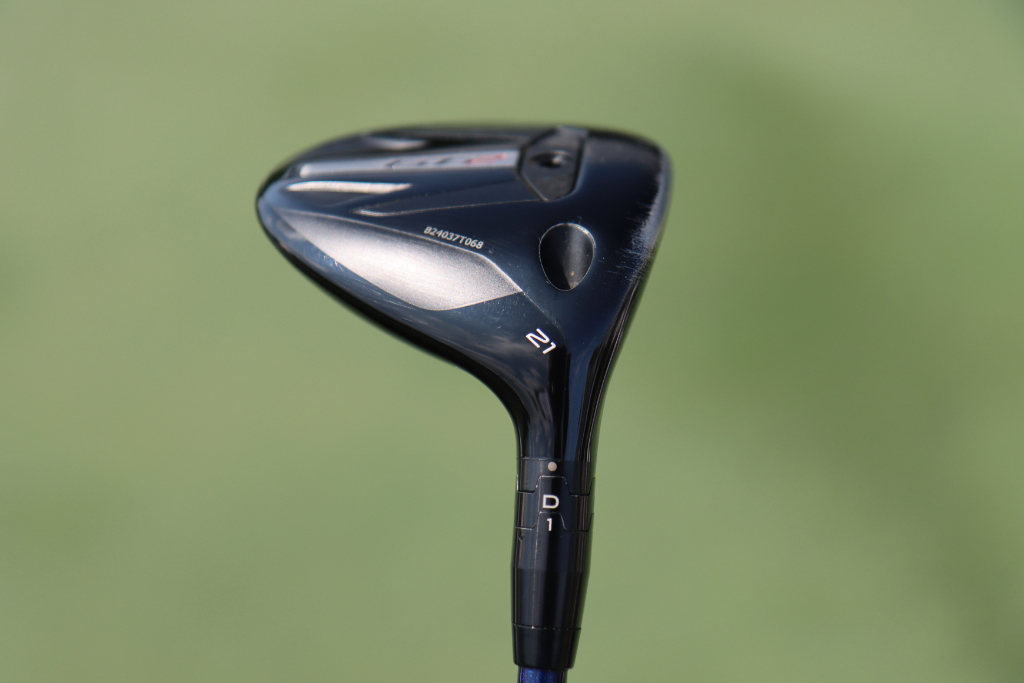
Irons: Titleist T150 (4, 5), Titleist T100 (6-9)
Shafts: True Temper AMT Tour White X100
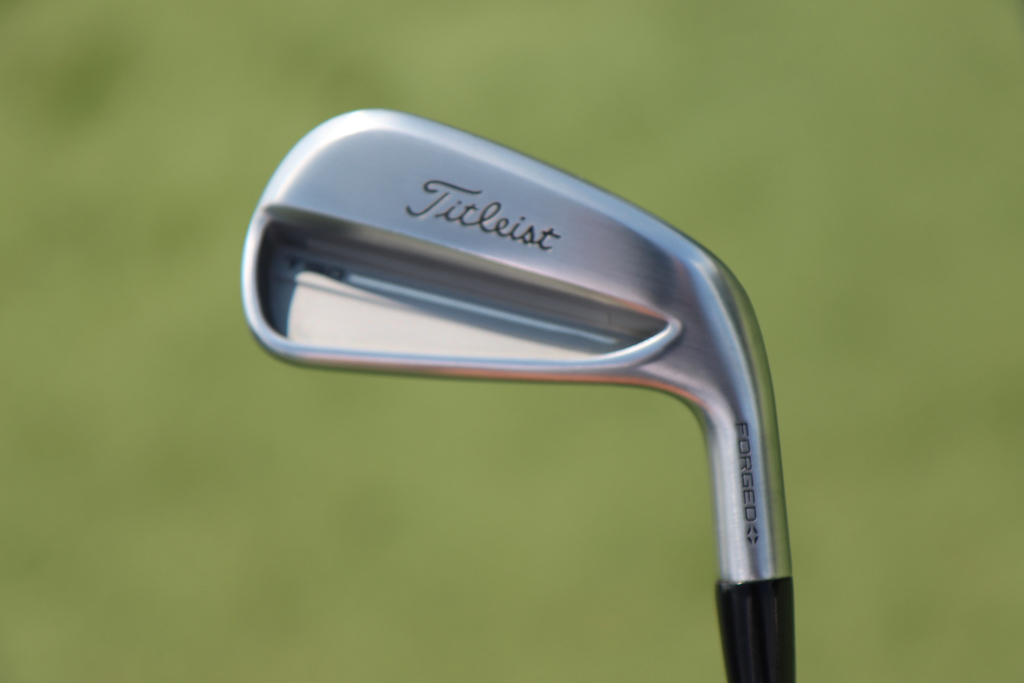
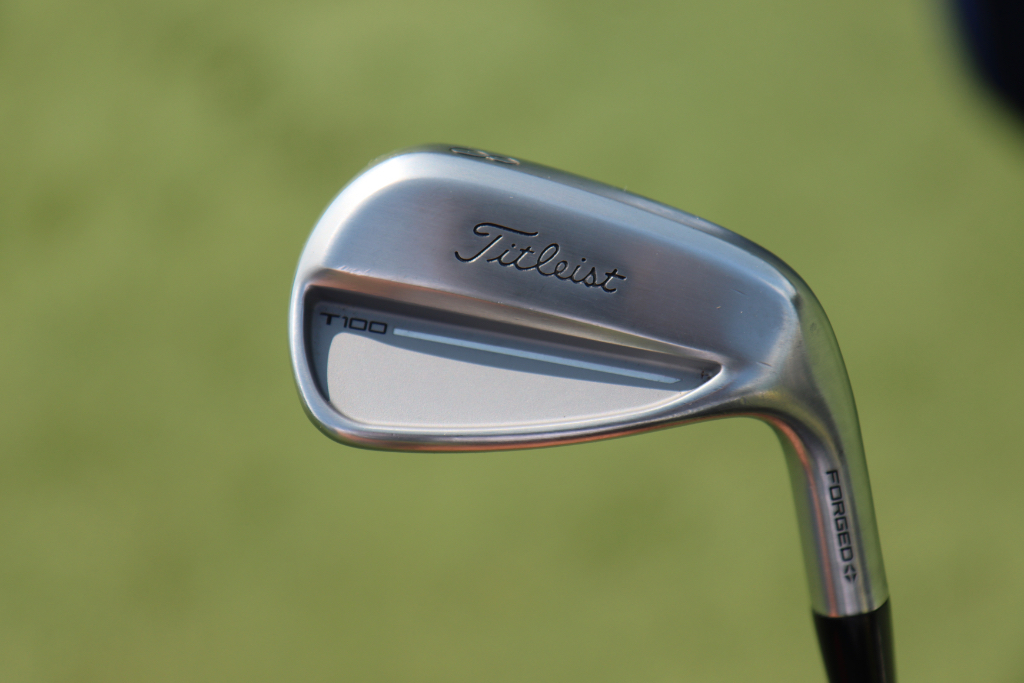
Wedges: Titleist Vokey Design SM10 (48-10F @47, 52-12F, 56-08M @57, 60-04T @62)
Shafts: True Temper Dynamic Gold Tour Issue S400
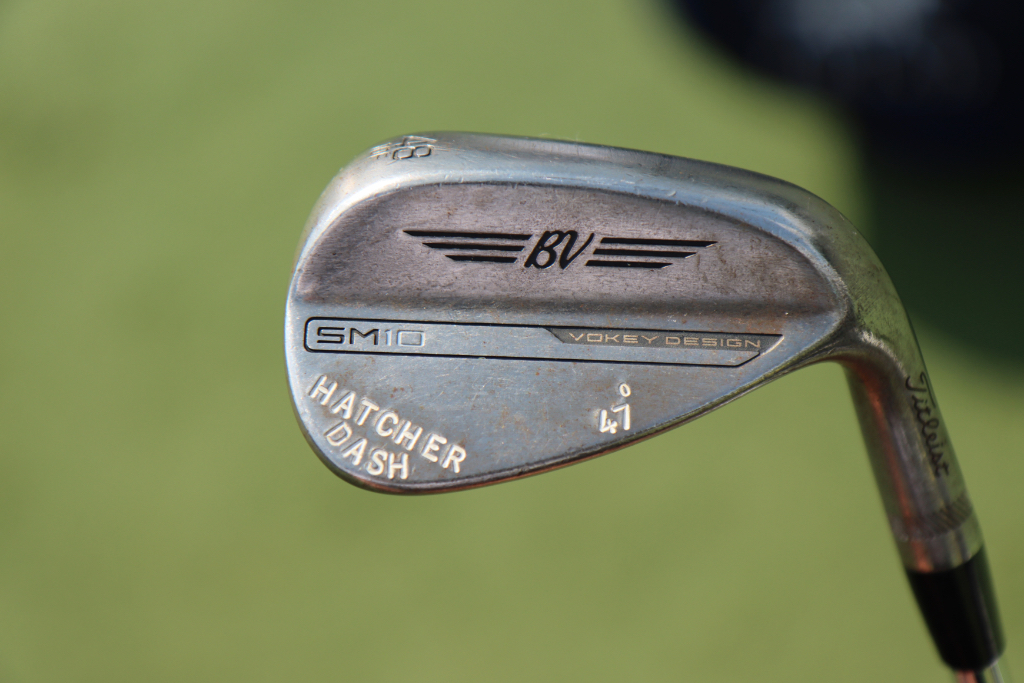
Putter: Scotty Cameron Studio Style Fastback 1.5 Tour Prototype
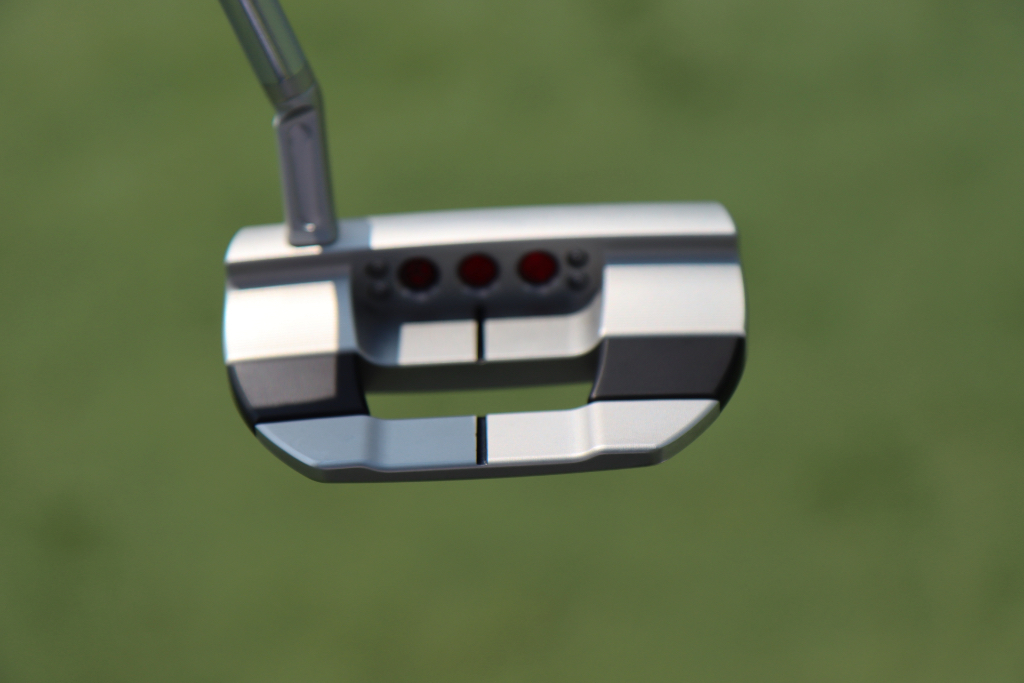
Grips: Golf Pride Tour Velvet
Ball: Titleist Pro V1x Yellow
Equipment
GolfWRX Members Choice presented by 2nd Swing: Best driver of 2025

We’re proud to once again partner with 2nd Swing Golf to bring you GolfWRX Members Choice 2025! 2nd Swing has more than 150,000 new and pre-swung golf clubs available in six store locations and online. Check them out here.

What is the best driver in 2025? At GolfWRX, we take great pride in our online community and the cumulative knowledge and experience of our members. When it comes to the best driver of 2025, we want to know what our forum faithful think.
Since our founding in 2005, the bedrock of GolfWRX.com has been the community of passionate and knowledgeable golfers in our forums, and we put endless trust in the opinions of our GolfWRX members — the most knowledgeable community of golfers on the internet. No other group of golfers in the world tests golf clubs as frequently or as extensively, nor is armed with such in-depth information about the latest technology.
Below are the results of GolfWRX member voting for the 2025 best driver, along with the vote percentage for each club.
Best driver of 2025: The top 5
5. Callaway Elyte Triple Diamond: 6.02%
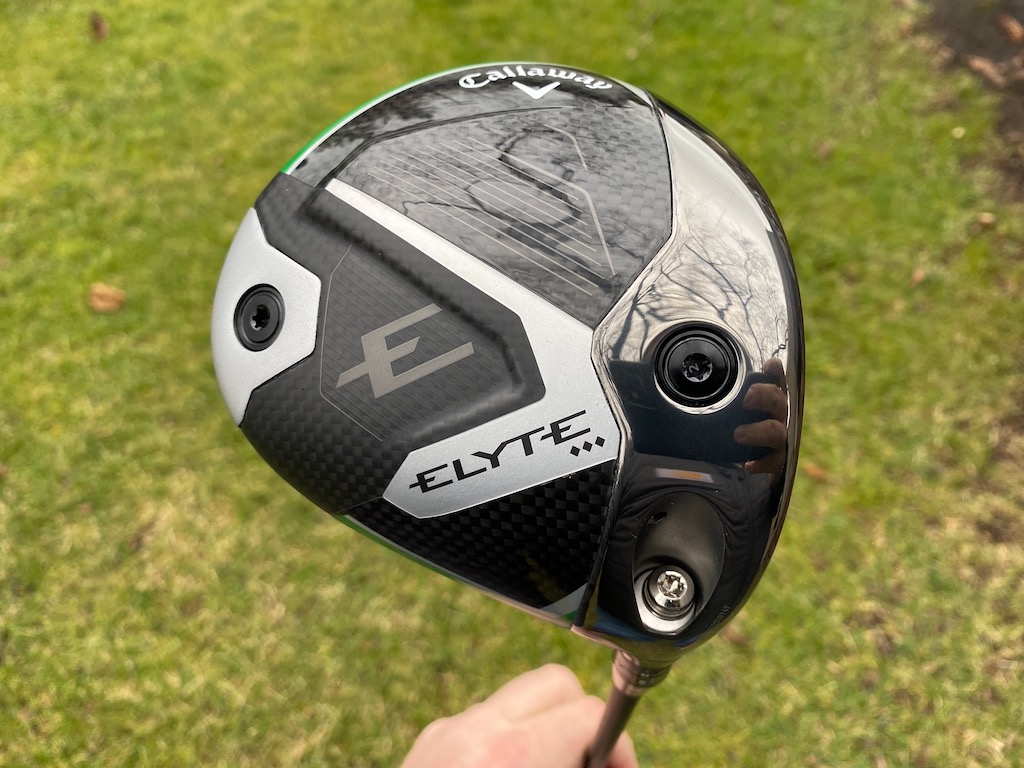
Callaway’s pitch: “For golfers looking for a fast, forgiving, yet workable driver, the Elyte Triple Diamond features a tour-inspired shape and is the preferred model by most Callaway tour players.”
You can read what other golfers are saying about the driver in the GolfWRX forums, and see our launch piece here. Shop the Callaway Elyte Triple Diamond here.
4. Ping G440 Max: 6.86%
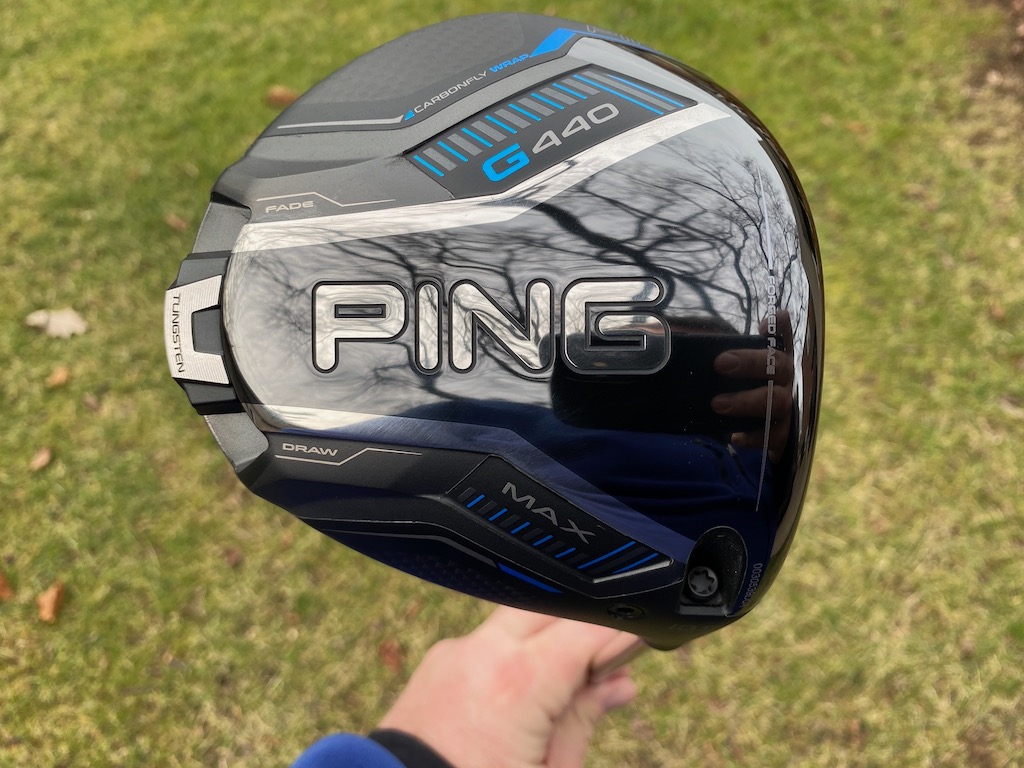
Ping’s pitch: “The most forgiving G440 model, MAX has a hotter face to generate speed and distance, and a lighter overall system weight with a longer shaft (46″) for faster clubhead speed, higher launch and longer carries. The Free Hosel and Carbonfly Wrap crown save weight to create our lowest CG ever and increase forgiveness while contributing to a more muted, pleasing sound.”
You can read what other golfers are saying about the driver in the GolfWRX forums, and see our launch piece here. Shop the Ping G440 Max here.
3. Ping G440 LST: 9.53%
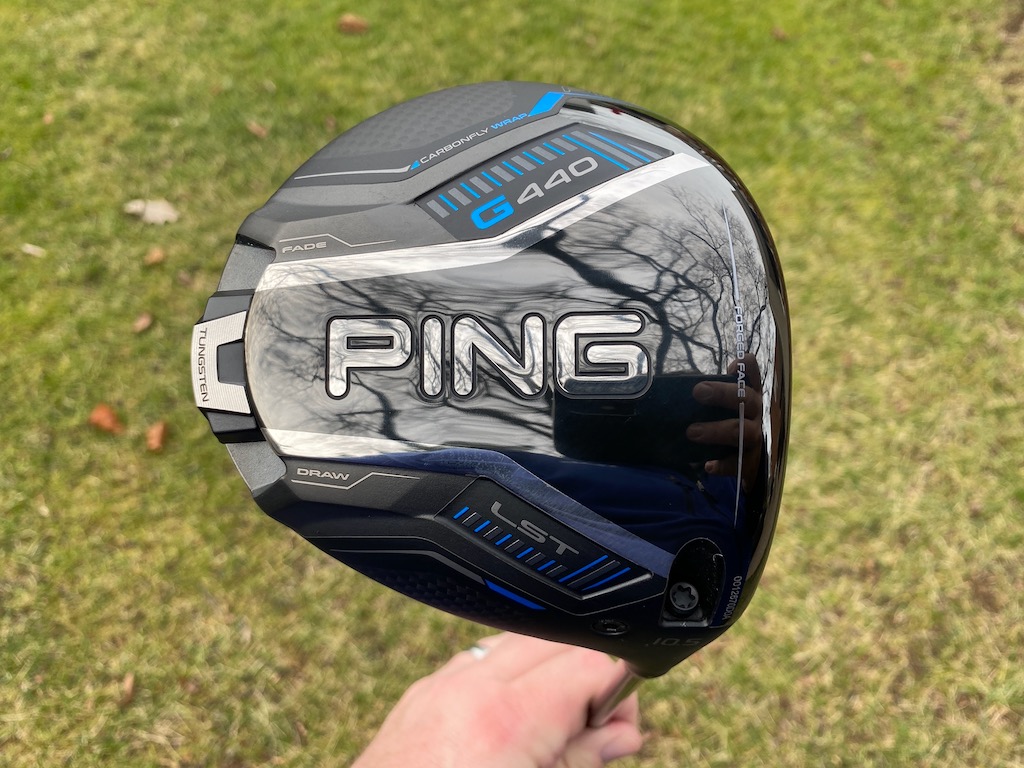
Ping’s pitch: “LST is an especially good fit for faster swings, offering less spin and more control with a penetrating trajectory. A hotter face, lighter overall system weight and longer shaft (46″) deliver more speed and distance while maintaining tight dispersion.”
@phizzy30: “Not a fan of Ping drivers in general, but 440 LST takes the cake. It’s super forgiving across the face for a low spin head, looks and sounds good and the ability to make it play neutral or slightly fade biased through the hosel settings is very appealing.”
You can read what other golfers are saying about the driver in the GolfWRX forums, and see our launch piece here. Shop the Ping G440 LST here.
2. Titleist GT3: 16.55%
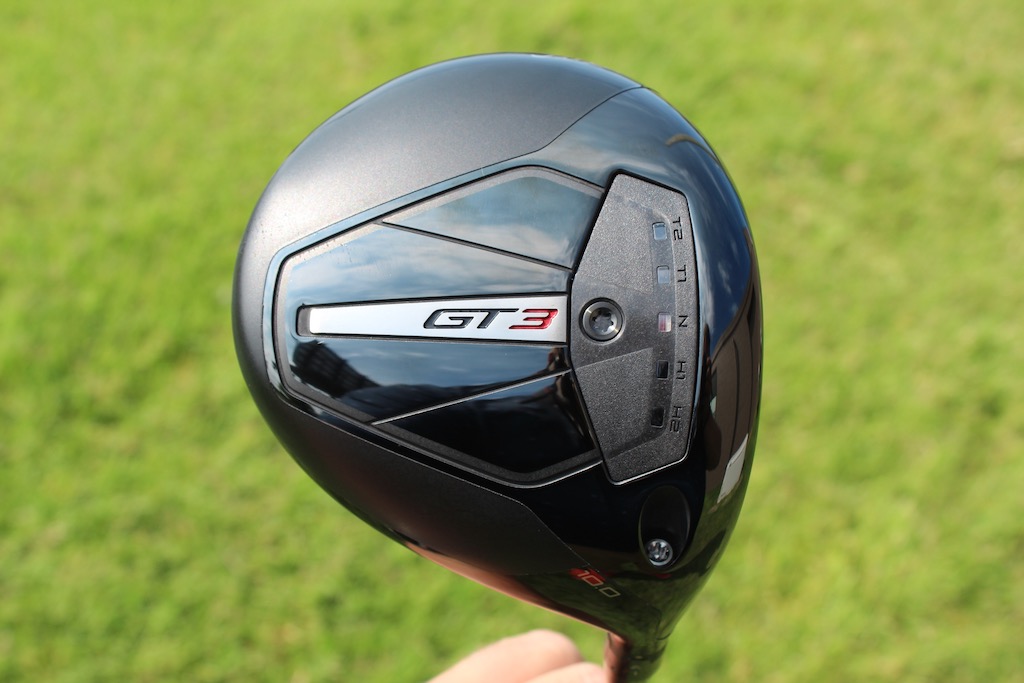
Titleist’s pitch: “The GT3 Driver offers Titleist’s boldest combination of power and personalization through adjustable performance. Dial in the CG Track to your frequent contact location to make your biggest drives even bigger while taking total control over flight and shaping.”
@mrmikeac: “I’ve been Anti-Titleist for years and years and years (outside of Vokey, of course). With that being said, HOLY BEGEEZUS the GT3 driver is an absolute NUCLEAR MONSTER! This thing blew my G430 10K Max out of the water in every single category. Forgiveness is the biggest thing that stands out of me, the 3 model has always been one of the less forgiving models in the past but this GT3 can take bad shot after bad shot and still end up in the fairway, I think a ton of that has to do with the adjustability, it’s actually effective. Feel and sound is perfect, that solid crack is so addicting to hear and when you hit it out the screws this thing can absolutely bomb it. Titleist, I’m sorry for doubting you. You have converted me.”
You can read what other golfers are saying about the driver in the GolfWRX forums, and see our launch piece here. Shop the Titleist GT3 here.
1. Titleist GT2: 22.91%
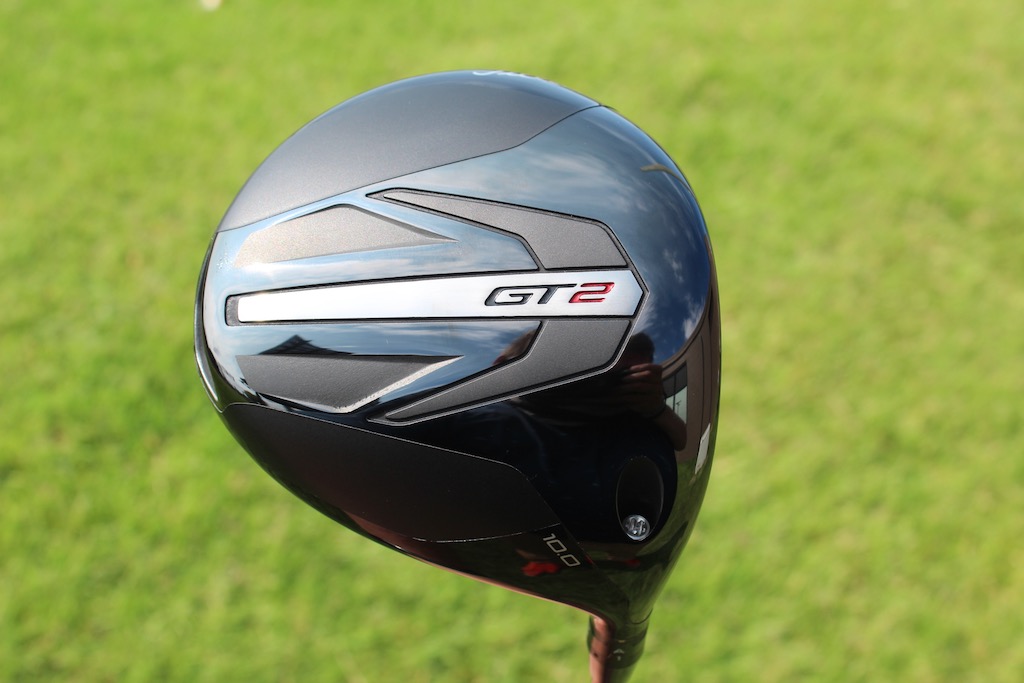
Titleist’s pitch: “Delivering impressive distance from any impact point, the Titleist GT2 Driver extracts maximum performance through a forgiving design. Get the stability and added confidence of a high-MOI driver without sacrificing speed.”
@DTorres: “The Titleist GT2 has proven to be the best driver of the year. Packaged in a classic profile, GT2 perfectly balances performance and forgiveness while consistently being a high performer across all categories.”
You can read what other golfers are saying about the driver in the GolfWRX forums, and see our launch piece here. Shop the Titleist GT2 here.
Other drivers receiving >2% of the vote
| Driver | Vote percentage (%) |
|---|---|
| Cobra DS Adapt Max K | 4.85% |
| Ping G430 Max 10K | 3.85% |
| Callaway Elyte Triple Diamond | 3.68% |
| TaylorMade Qi35 | 3.51% |
| Callaway Elyte | 3.18% |
| Cobra DS Adapt X | 2.34% |
| Cobra DS Adapt LS | 2.17% |
| TaylorMade Qi35 LS | 2.17% |
View this post on Instagram




















Rob
Apr 15, 2021 at 12:05 am
I am currently building a set of Apex 19s. The inconsistency between heads is surprising. I understand the heads get heavier through the set, but the weight differences aren’t consistent. The 5i, 7i, and 9i are heavier by a large margin. It took some time to figure out correct tip weights to create both consistent swing weights and overall club weights for the set.
Shallowface
Jun 2, 2020 at 10:08 am
Another tricky thing regarding grips that many people ignore is how much the shaft tapers in the butt section. Some shafts don’t taper at all, and other shafts taper significantly. It particularly affects the grip size under the trail hand, and considering how often these days a set will have a number of different models of shafts one can end up with a variety of grip sizes throughout the set if one isn’t careful to address this, whether in the initial build or when regripping.
Nathan
Jun 1, 2020 at 7:12 pm
Ryan is the best club builder I’ve ever run into…guy knows his stuff.